Seeing clearly: How have cataract surgery rates increased over the last decade for members of Discovery Health Medical Scheme?

Cataract surgeries are the most common procedure for Discovery Health Medical Scheme members. With nearly 30,000 procedures performed in 2023 and a 6.2% annual increase in cataract surgeries since 2013, this article explores the impact of an ageing membership on the demand for cataract surgery and how likely one is to have cataract surgery in one's lifetime.
Authors
Discovery Health's Intelligence team members Motlodiwa Modise (Actuarial Analyst), Anesu Williams (Healthcare Actuary), Shirley Collie (Chief Health Research Actuary), Lara Wayburne (Chief Health Intelligence Actuary)
Quick overview
Cataract surgeries are the most common procedure for Discovery Health Medical Scheme (DHMS) members. In 2023, nearly 30,000 cataract surgeries were performed, marking a 6.2% annual increase since 2013, mostly due to the ageing membership base. Cataracts, which cause clouding of the eye's lens, typically develop around age 40 and become symptomatic by age 60. Our review shows that 65% of DHMS members aged 75 and older have undergone cataract surgery. The demand for cataract surgery has also increased among younger members - a trend possibly driven by environmental and lifestyle risk factors and increasing awareness of the benefits of having cataracts treated earlier rather than later. Overall, the likelihood of undergoing cataract surgery increases with age, with most members having the procedure by age 80.
Cataract surgery was the most common procedure for Discovery Health Medical Scheme members in 2023
In 2023, cataract surgeries topped the list of reasons for hospital admissions for Discovery Health Medical Scheme (DHMS) members - with nearly 30,000 of these procedures funded in the year. Over the decade from 2013 to 2023, DHMS has funded a total of 245,091 cataract surgeries.
In this article, we analyse the growth in cataract surgery volumes over time based on claims paid over the period from January 2013 to December 2023. We also investigate the ages at which Scheme members undergo this procedure and how the ageing of the Scheme member base is leading to higher demand for cataract surgery.
Our analysis includes people who have been members of Discovery Health Medical Scheme (DHMS) from 2008-2023, who have had cataract surgery on at least one eye.
A cataract occurs when an area of the eye's lens (clear, inner part of the eye) becomes cloudy. Cataracts usually start developing around age 40 when the protein in the eye's lens begins to break down. Symptoms are generally evident from around age 60 or older. Cataracts become more likely as people age.
In fact, 65% of DHMS members aged 75 and older have undergone the procedure during their lifetime. We compared this to rates of other high-volume procedures for members aged 75 years and older. Only 32% of members have undergone major orthopaedic surgery and 18% of members have undergone skin malignancy procedures. This shows the extent of the demand for cataract surgery among members of DHMS (Figure 1).
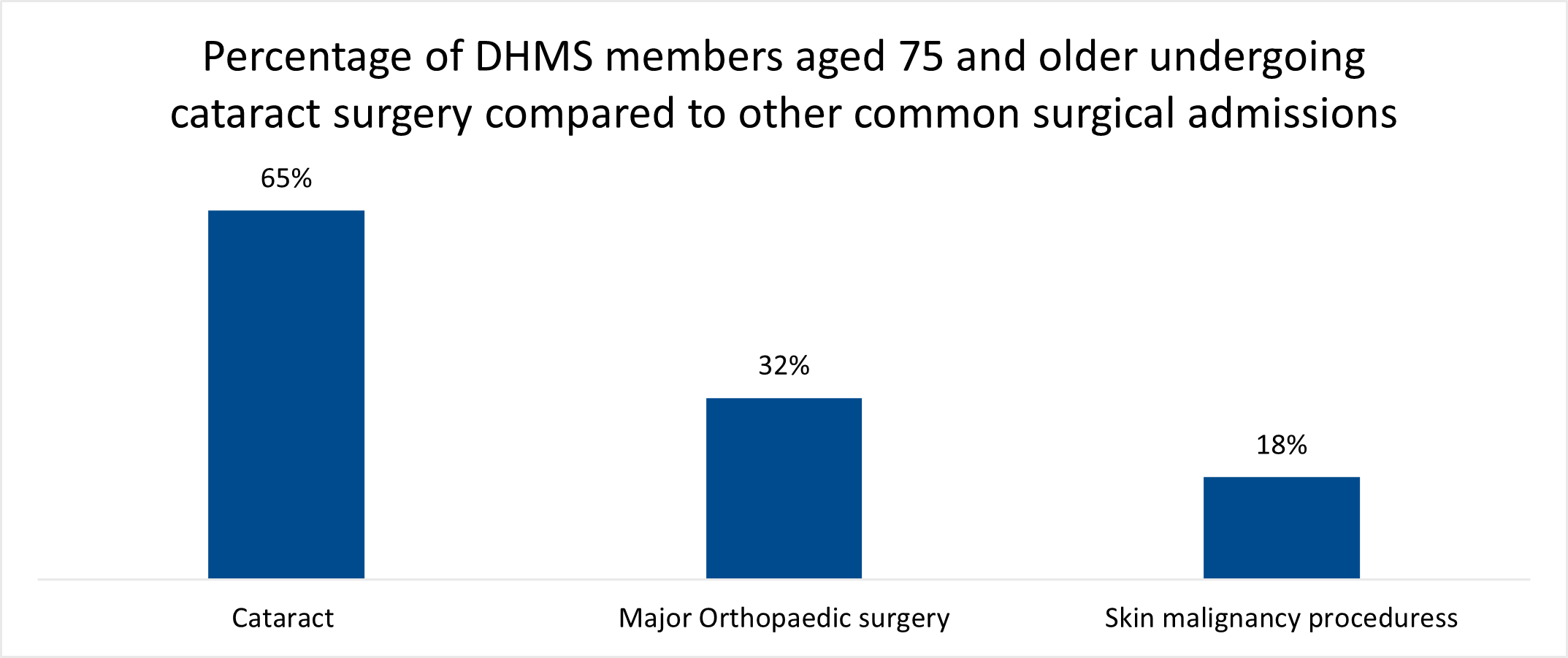
Figure 1: Percentage of DHMS members aged 75 years and older and who have been with the Scheme from 2008-2023, who have had cataract surgery or another relatively common surgical procedure.
In our January 2024 article on admission rates for five common surgeries and diagnostic procedures, we noted a decline in cataract surgeries in 2020 likely due to the COVID-19 pandemic.
By 2022, cataract surgery rates had returned to and exceeded pre-pandemic levels (2019 and prior), highlighting a sustained rise in demand for these procedures and ageing of the membership. https://www.discovery.co.za/corporate/health-insights-elective-procedures
Figure 2 shows the ageing of the DHMS membership over the past 10 years. The growing proportion of members older than 45 years is evident.
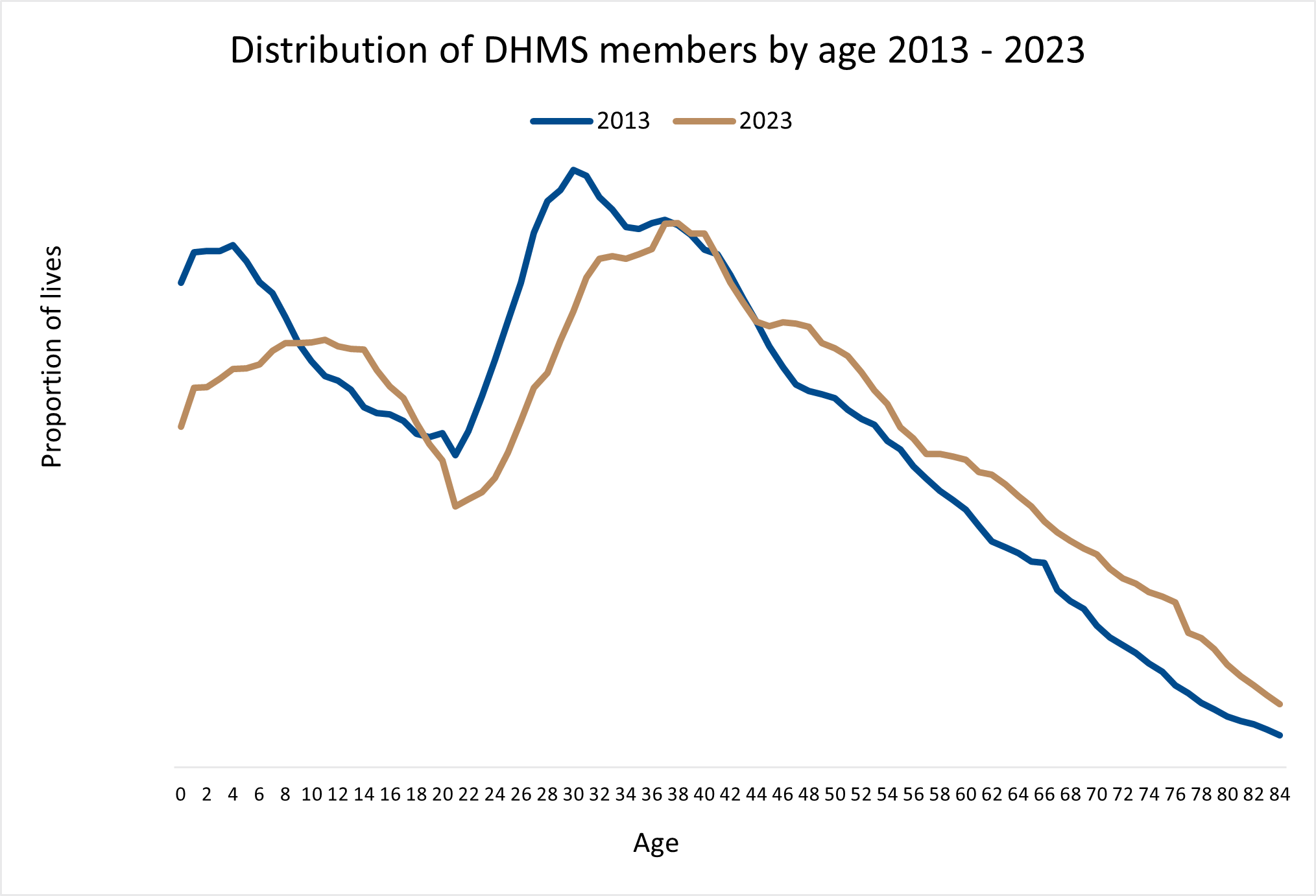
Figure 2: Distribution of DHMS members by age in 2013 and 2023
Cataract surgery rates almost double from 2013-2023
Since 2013, the number of members undergoing cataract surgeries has grown at a rate of 6.2% per year. In 2023, 1.1% of all DHMS members underwent cataract surgery, compared to 0.5% in 2013, so cataract surgery rates have almost doubled over the period.
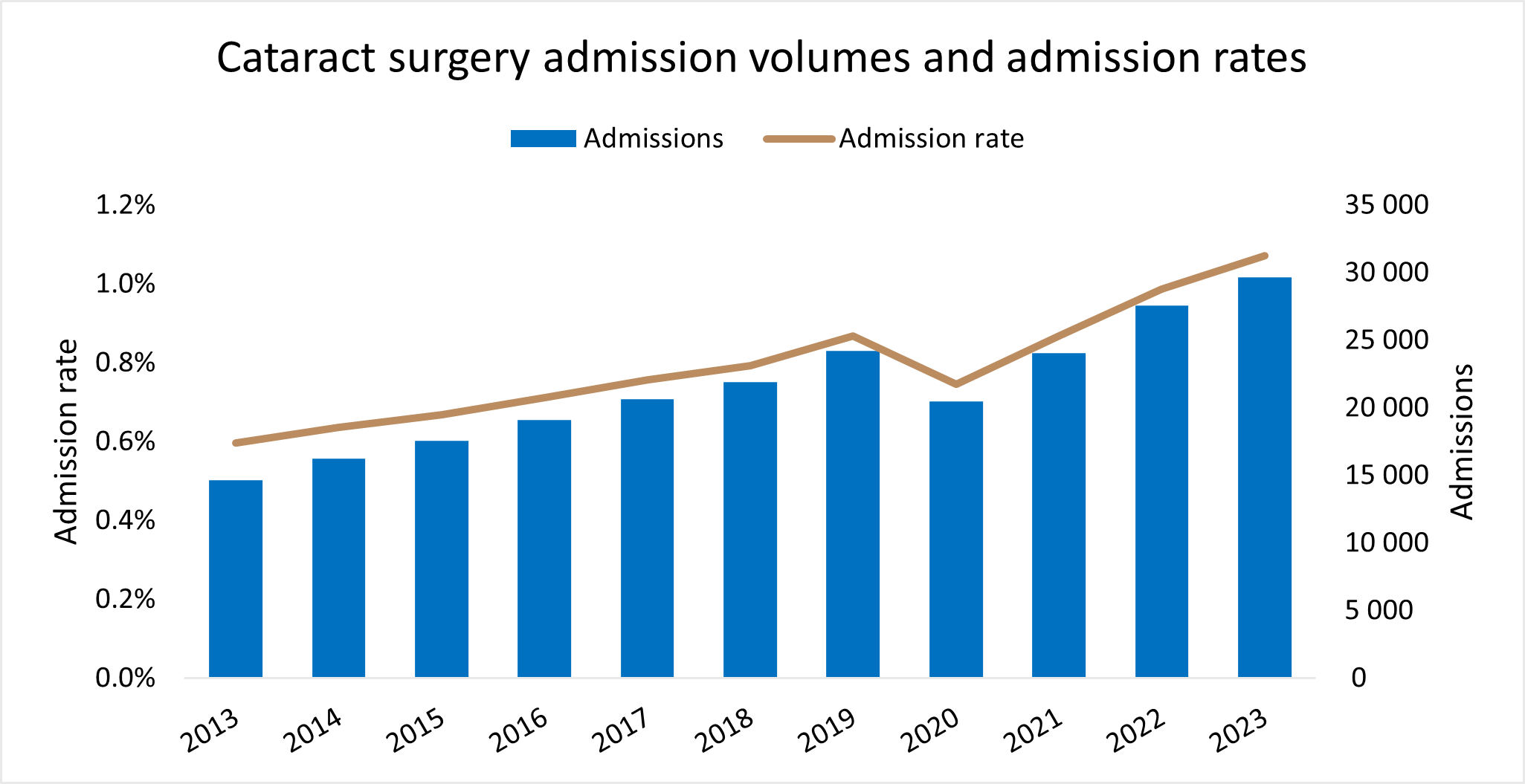
Figure 3: Admission volumes and admission rates of DHMS members undergoing cataract surgery from 2013 to 2023
How old are DHMS members when they have cataract surgery?
Among DHMS members, most cataract surgery admissions occur between the ages of 60 and 79 years of age. In 2023, 72% of these admissions were for members within this age range, with half of the surgeries performed on those aged 65 to 76 years. The average age for cataract surgery has remained stable at 68 years over the last decade.
- Interestingly, our data show that in 2023, the youngest DHMS member to undergo cataract surgery was two months old, while the oldest was 101 years old.
Since 2013, the age distribution of members undergoing cataract surgery has shifted towards younger ages (as shown in Figure 4 below).
- In 2023, 6.53% of DHMS members aged 75 years and older had cataract surgery, a decrease from 6.73% of members in this age group having the surgery back in 2013.
- At the same time, a higher proportion of younger members had the procedure: 0.8% of those under 75 years had this surgery in 2023, up from 0.49% in 2012.
Research suggests that the shift toward younger people having cataract surgery may be a result of lifestyle and environmental factors1. Furthermore, increased awareness of the procedure's value may lead people to get treated earlier, possibly at a younger age, for cataracts.
1 https://www.ijss-sn.com/uploads/2/0/1/5/20153321/ijss_dec_oa24_-_2017.pdf
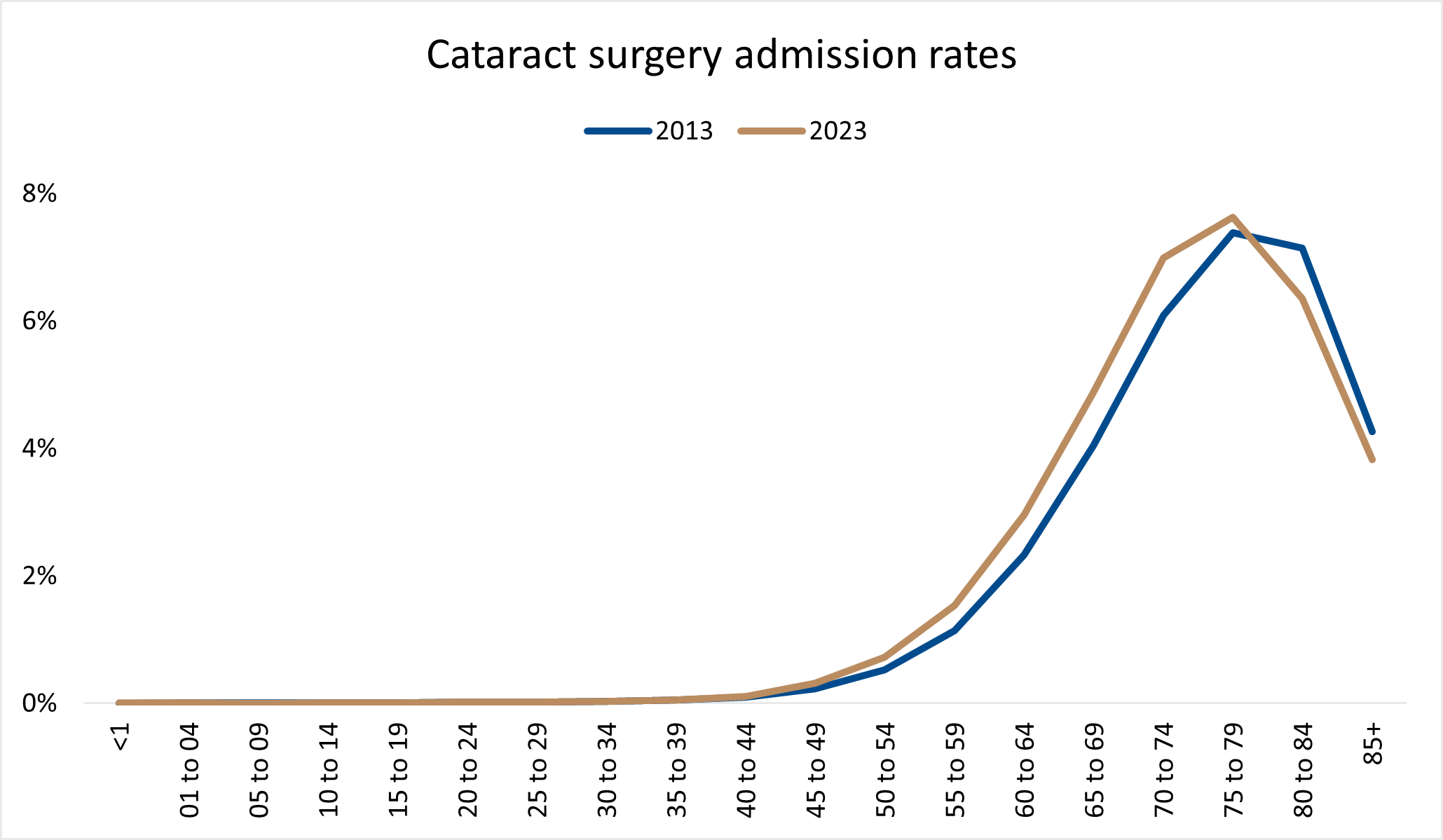
Figure 4: Cataract admission rates per age band in 2013 compared to 2023
What is the likelihood of having a cataract surgery in one's lifetime?
We considered how likely a DHMS member is to undergo a cataract surgery at any point in their lifetime.
Among people who have been members of DHMS from 2008 to 2023, 59% of members over the age of 75 years have claimed for cataract surgery. This proportion might be understated as our claims data does not include members who underwent a cataract surgery prior to joining DHMS.
However, looking at members who have been with DHMS for any duration, including those who joined the scheme after 2008, the likelihood of undergoing cataract surgery is lower for newer members, with 50% of those aged 75 and above having had the surgery.
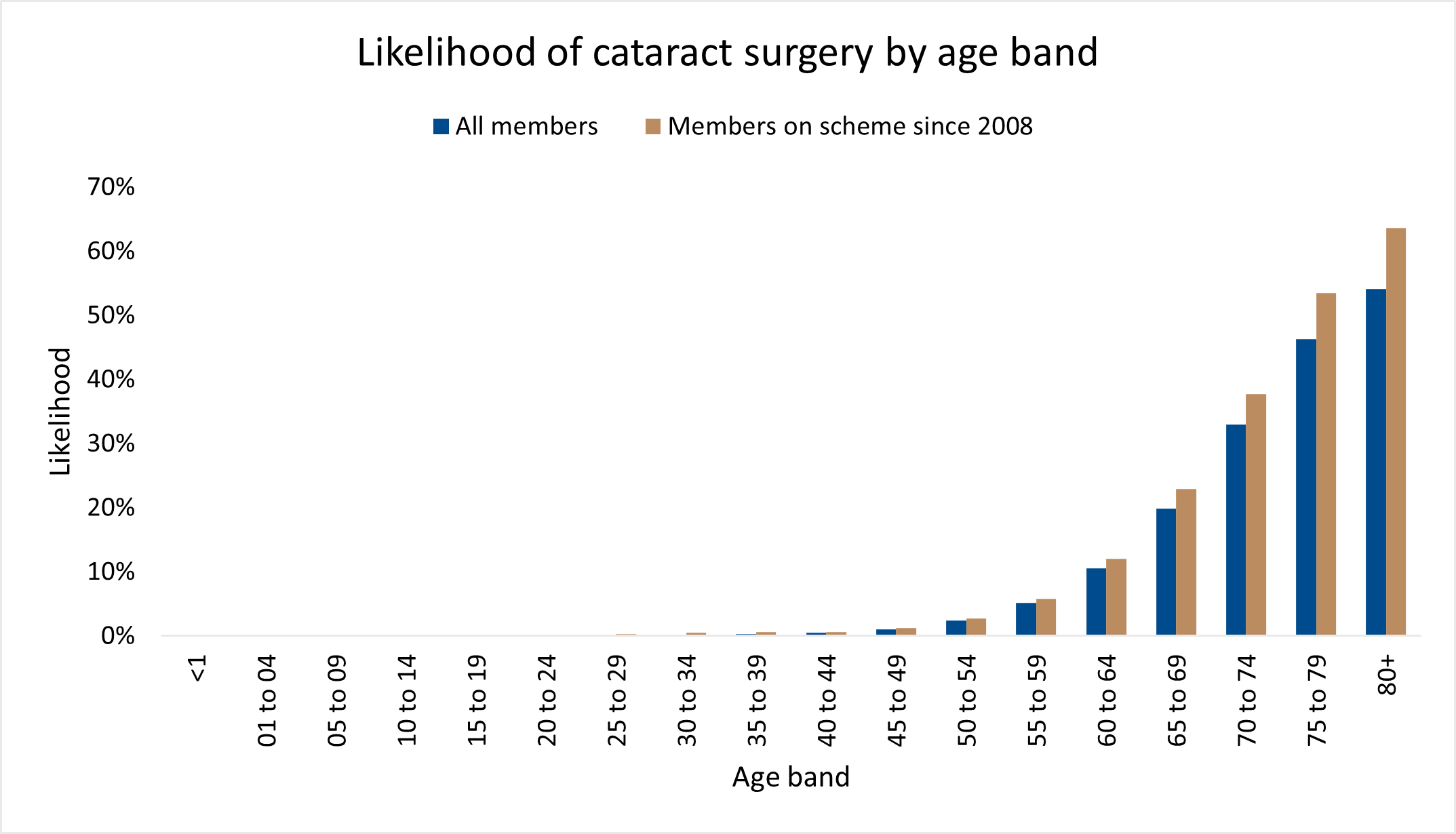
Figure 5: Likelihood of cataract surgery by age band in 2023
Additionally, we observe that females are more likely than males to undergo cataract surgery before the age of 80 years. However, after 80 years, the likelihood of cataract surgery becomes similar for both males and females.
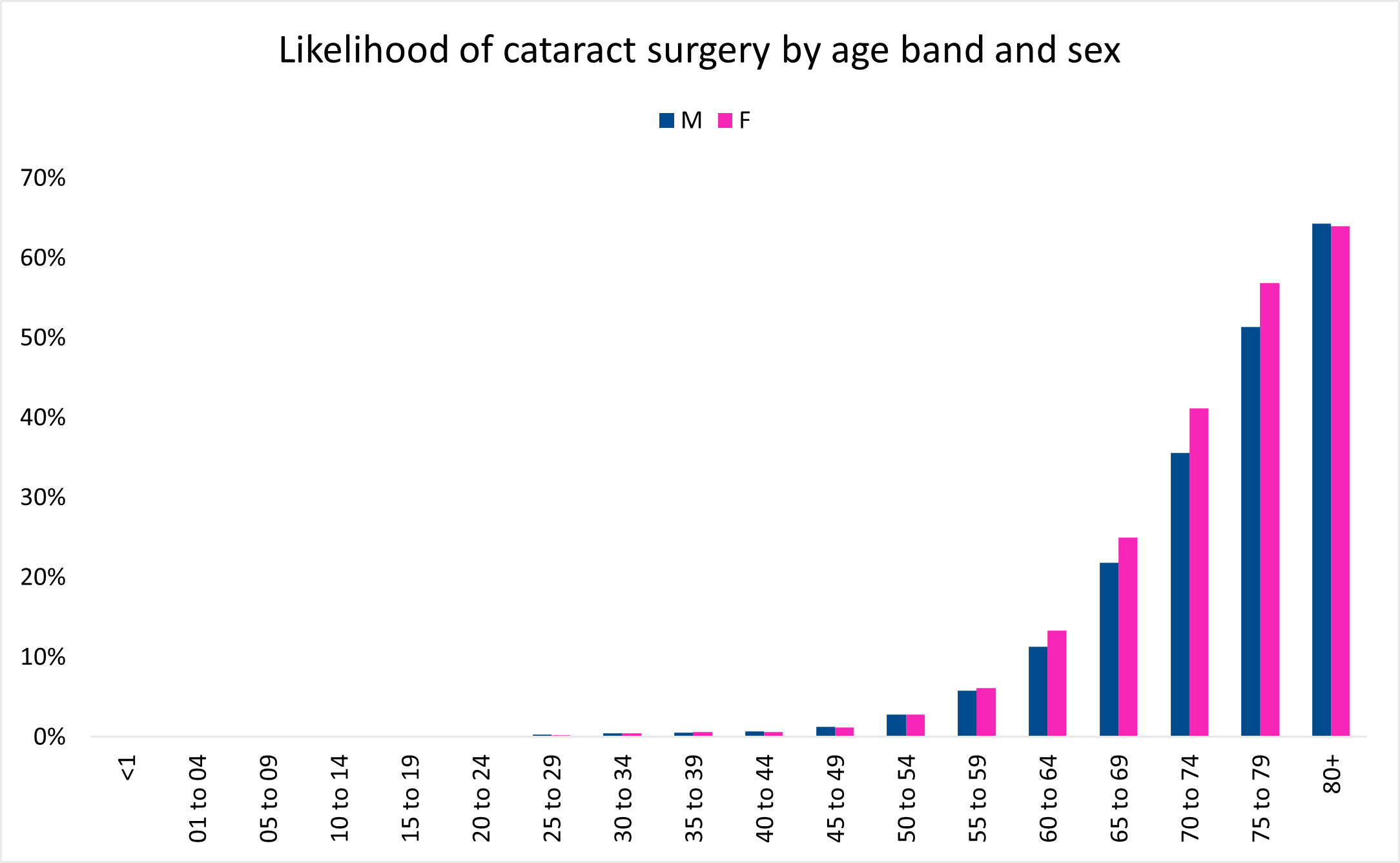
Figure 6: Likelihood of cataract surgery by age band and sex in 2023
Summary
Our analysis of cataract surgery claims data from 2013-2023 shows a sustained rise in admissions and admission rates. This demand is driven by an ageing membership and by the emerging trend of members undergoing this procedure at younger ages.
Over a lifetime, the likelihood of undergoing cataract surgery increases with age, with most DHMS members having had the procedure by the time they are 80 years old.
REFERENCES
https://www.ijss-sn.com/uploads/2/0/1/5/20153321/ijss_dec_oa24_-_2017.pdf
Interested in knowing more or reporting on these findings?
Please contact us on MEDIA_RELATIONS_TEAM@discovery.co.za to request any updated data available since publication and to obtain any further context required.
Did you find this post interesting?
Please visit our Discovery Health Insights Hub for a range of analyses and insights shared by our Discovery Health Intelligence Team and spanning a variety of health-related themes.
ALL INFORMATION SHARED ON THIS PAGE IS BASED ON PERSPECTIVES GAINED FROM ANALYSIS OF FIGURES AND TRENDS EMANATING FROM DISCOVERY HEALTH'S DATA POOL. THE ANALYSIS, WHICH IS CONDUCTED BY DISCOVERY HEALTH'S ACTUARIAL AND DATA SCIENTIST TEAM, AIMS TO ENCOURAGE INDUSTRY DIALOGUE. THIS CONTENT IS SHARED FOR EDUCATIONAL AND INFORMATIONAL PURPOSES ONLY. IT DOES NOT CONSTITUTE PEER-REVIEWED, PUBLISHED SCIENTIFIC RESEARCH, AND HENCE SHOULD NOT BE INTERPRETED AS SUCH OR